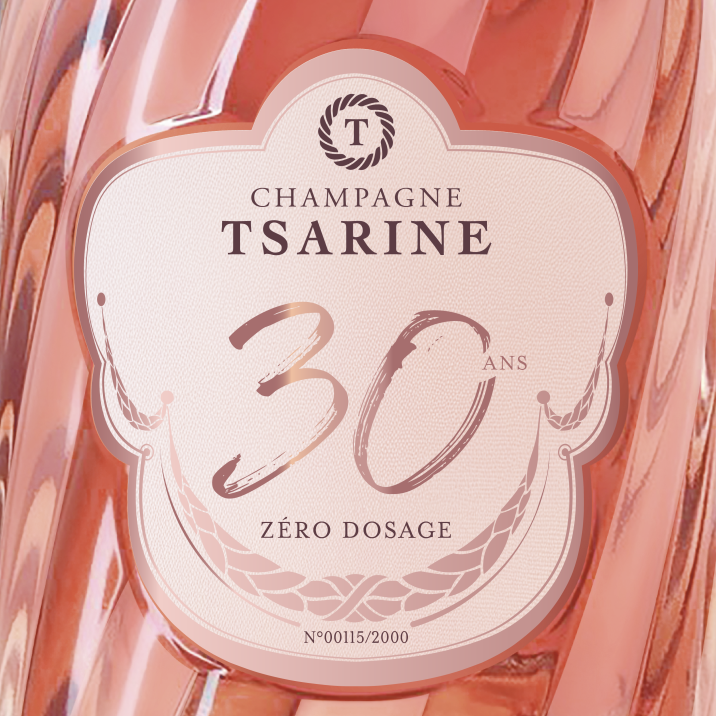Health warnings on alcohol makes drinking unappealing, study finds
New research suggests that younger drinkers are more likely to perceive alcohol products as “socially unacceptable” if bottles feature prominent health warnings.

A survey of 1,360 UK drinkers aged between 18 and 35 has found that despite the majority (69.9%) “rarely” or “never” reading health-related information or warnings on alcohol packaging, most still “strongly agreed” that such messaging should be featured on alcohol products.
The study, carried out by The University of Stirling and published in the Drug and Alcohol Review journal, further found that larger warnings and those using pictures were particularly effective in reducing product appeal and social acceptability.
During the study, participants were shown a vodka bottle containing either no health warnings, small text warnings, large text warnings, or pictorial warnings. Those drinkers who viewed bottles featuring warnings, saw a message stating that “Alcohol damages your health” along with two additional warnings: “Alcohol causes liver disease” and “Alcohol causes mouth cancer.”
Participants in the picture warnings group were shown images on bottles which reflected possible alcohol-related health issues, including a blood pressure test, an image of a person clutching their liver, and an image of a CT scanner in a hospital.
The study found that those who viewed bottles containing warnings were “significantly more likely” to perceive the products as “unappealing” and “socially unacceptable”, compared to those who viewed products without warnings. They were also significantly more likely to report wanting to drink less alcohol, compared to those who viewed bottles without any warnings.
Daniel Jones of the Institute for Social Marketing and Health at Stirling, who led the research, said: “Our study provides an important insight into the thoughts and attitudes of young adult drinkers toward alcohol packaging and the inclusion of product information and health warnings.
Partner Content
“Large pictorial or text warnings in particular may help to counteract the appeal and social acceptability of alcohol products, while increasing awareness of risks.”
Jones explained away the fact that most study participants admitted they rarely looked at such information on packaging when it was there, by saying: “It is unsurprising that most participants reported not reading or looking closely at health-related information on packaging, as previous research, including studies in the UK, have suggested that current messaging is unlikely to meaningfully engage or inform consumers.”
He cited “ambiguous messaging” and “small fonts positioned on the back of packs” as being responsible for such lack of engagement and concluded that: “Salient warnings with specific health-related messages, as used in our study, can positively influence consumer attention, comprehension, recall, judgment and behavioural compliance.”
The paper was published under the title “The role of alcohol packaging as a health communications tool: An online cross-sectional survey and experiment with young adult drinkers in the United Kingdom.”
Last month, the drinks business reported how moderate alcohol consumption has been proven to have a protective effect against cardiovascular disease and overall mortality.
A glass of wine with dinner has also been found to lower the risk of type 2 diabetes, with a 14% risk reported by the Tulane University Obesity Research Center in New Orleans.
Furthermore, in February 2022, the European Parliament acknowledged the difference between harmful and moderate drinking and changed the wording on its report from saying that “alcohol consumption is a risk factor for many different cancers”, to the more specific “harmful alcohol consumption is a risk factor for many different cancers.”
Related news
Could Gen Z be giving up on abstinence?
Tesco thief banned from all UK supermarkets after £1.6k booze haul




